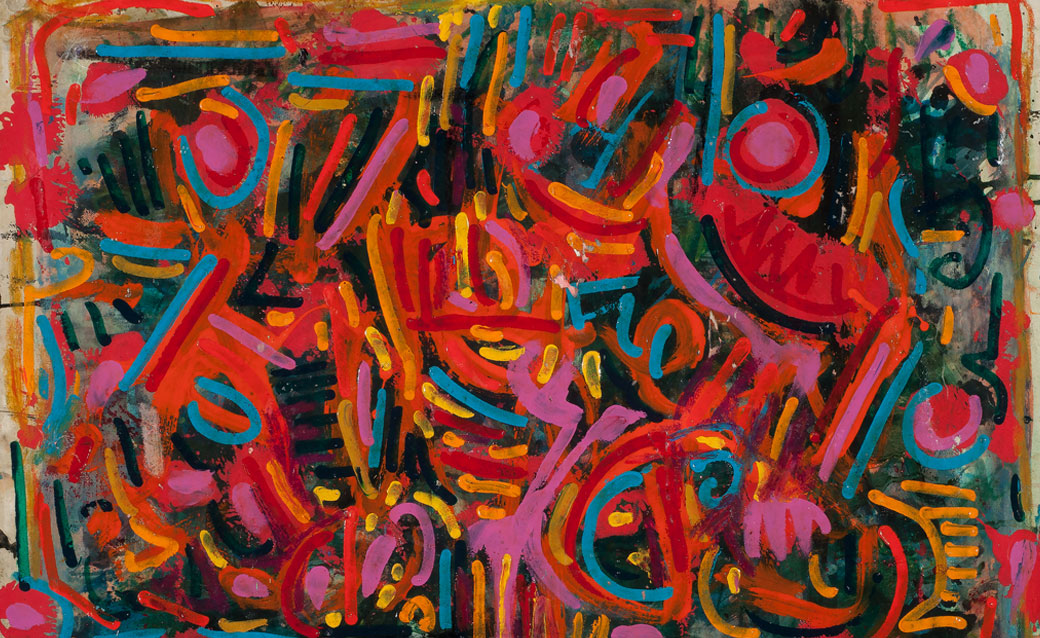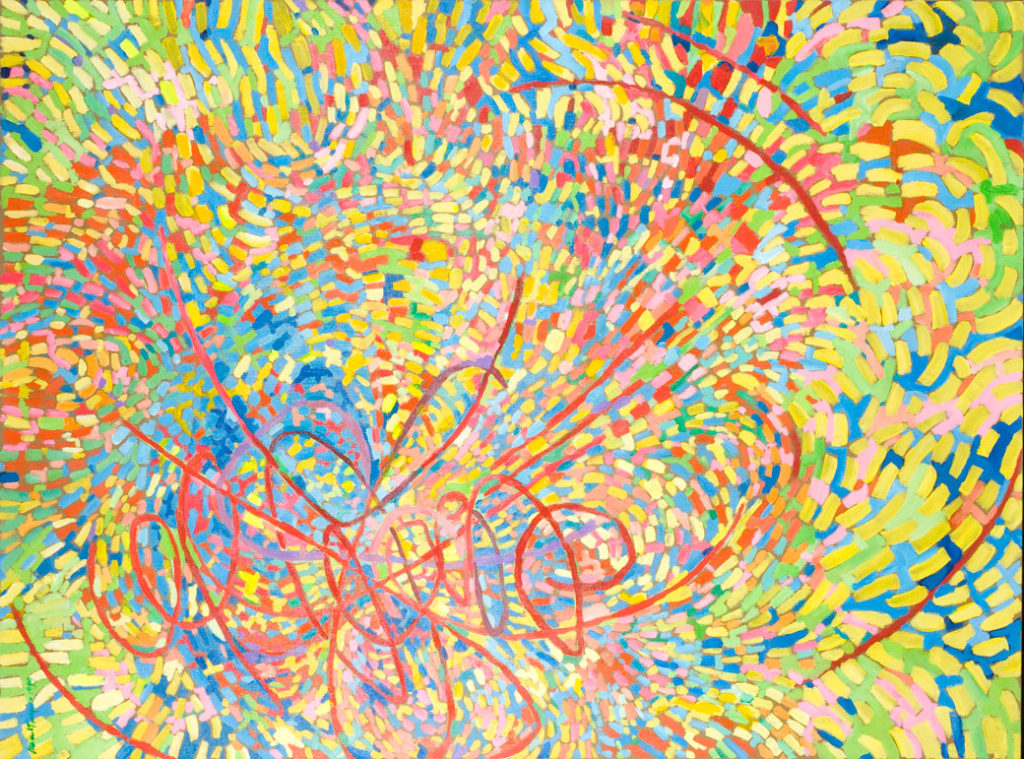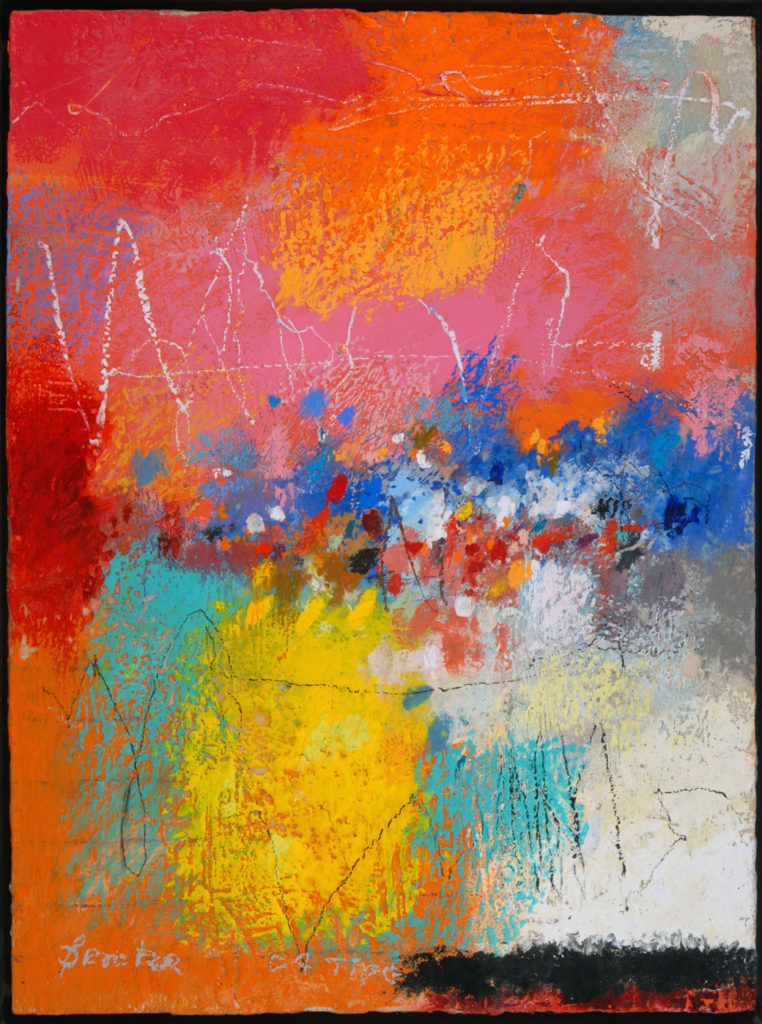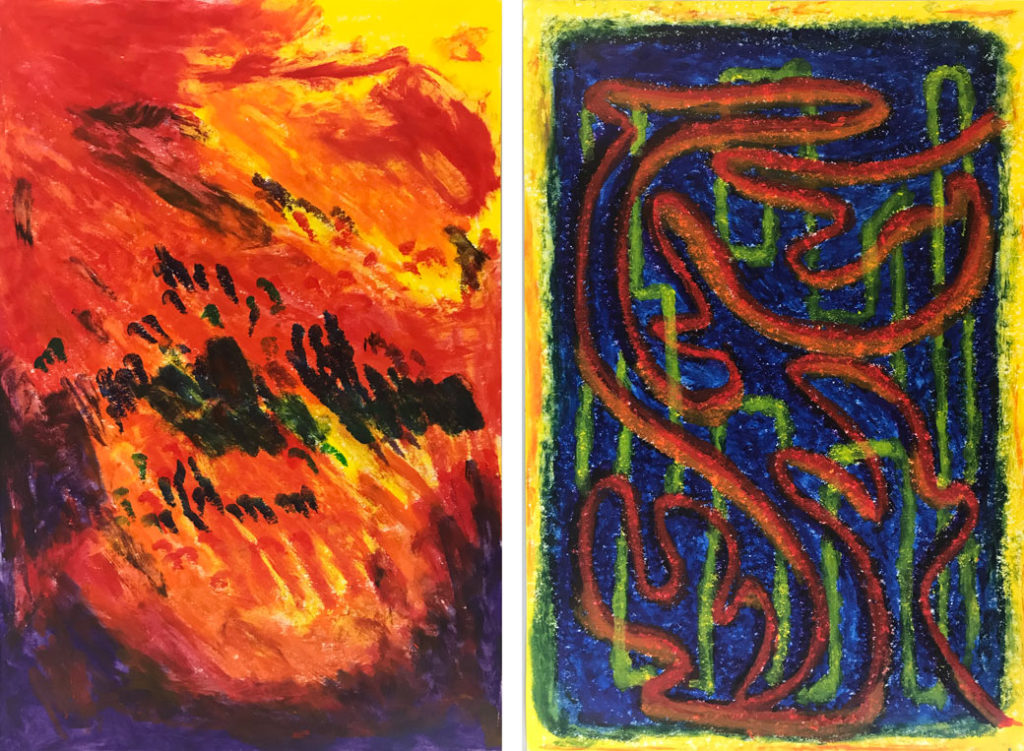
Family Day: The Thompson Collection of African American Art
In 2012, collectors Larry and Brenda Thompson donated 100 works of art by African American artists to the Georgia Museum of Art. Their collection includes paintings, prints and sculpture dating from the 1890s to the present. Family Day this month takes a closer look at three works of art from this major collection. Virtual Family Day includes an activity page and a free art activity kit.* Family Day art kits are sponsored by Heyward Allen Motor Co., Inc., Heyward Allen Toyota and the Friends of the Georgia Museum of Art.

A Lasting Legacy
Larry and Brenda Thompson did not grow up surrounded by art. After they met in graduate school, art became an important part of their lives together.
After graduation, Larry borrowed paintings from a library to fill their walls. When the couple moved to Atlanta in 1977, they started their own art collection. The first work of art they bought was a print that hung on their apartment wall.
Over the years, they have focused on collecting work by Black artists from Atlanta. Their collection includes a variety of styles and time periods, known and unknown artists. It tells an important history of the Black community and celebrates the visual arts.
Close Looking
The three paintings here are all examples of abstract art. Abstract art does not look like any object or living thing. Artists use lines, shapes and color to create something that has never been seen before. Sometimes abstract art expresses an idea or thought.
 David Clyde Driskell (American, 1931 – 2020) “Masks,” 1988
David Clyde Driskell (American, 1931 – 2020) “Masks,” 1988
David Clyde Driskell was an art historian, artist and curator. He was one of the world’s leading experts on the subject of African American art.
Take a moment to look at “Masks.” What do you see? This painting was inspired by the sights and sounds Driskell encountered in Africa and South America.
Driskell used egg tempera and encaustic paint to create “Masks.” Egg tempera is a type of paint made with egg yolks and pigment. Encaustic paint is melted wax colored with pigment. (Pigment is something with a color that does not dissolve in water, unlike dye.) How many different colors does the artist use in this painting?
 Mildred Thompson (American, 1936 – 2003) “String Theory VI,” 1999
Mildred Thompson (American, 1936 – 2003) “String Theory VI,” 1999
Mildred Thompson lived and worked in Germany and France for many years. When she moved to Atlanta, Georgia, she taught art at the Atlanta College of Art. She painted and made sculpture and prints.
When you look at “String Theory VI,” what is the first thing you notice? Name five things you see when you look at this painting.
Thompson was interested in the relationship between science and art. Does this painting or title remind you of something you have seen?
 Moe Brooker (American, b. 1940) “Toogaloo III,” 2003
Moe Brooker (American, b. 1940) “Toogaloo III,” 2003
Moe Brooker was born in Philadelphia, Pennsylvania, and still lives there. He has taught art at many well-known universities. He said that his art is influenced by graffiti art and music. He also said that he paints the joyous and spiritual aspects of African American life.
Brooker used encaustic paint in this painting —the same type of paint Driskell used in “Masks.” What do you notice about “Toogaloo III” that is different than “Masks” and “String Theory VI”?
Abstract Drawing
Now it is your turn to create something new. Using lines, shapes and colors, you can make a work of art that no one has ever seen before.

You will need the following supplies included in the art kit* (or found at home).
- Sheets of oversized paper
- Tempera paint sticks (or oil pastels)
To make your abstract drawing:
- Think about the images of works of art that you just looked at. What color combinations did you like most? Do you like smudgy areas of color, swirling dashes or layered shapes?
- Imagine what kind of marks you would like to make and the colors you want to combine.
- When you have an idea that you want to try, begin drawing on your first piece of paper.
- Continue drawing and layering colors until you can’t see any paper showing through.
- Step back and decide where the last detail should go. It could be a long line or a short squiggle. Choose your last color carefully and make your mark!